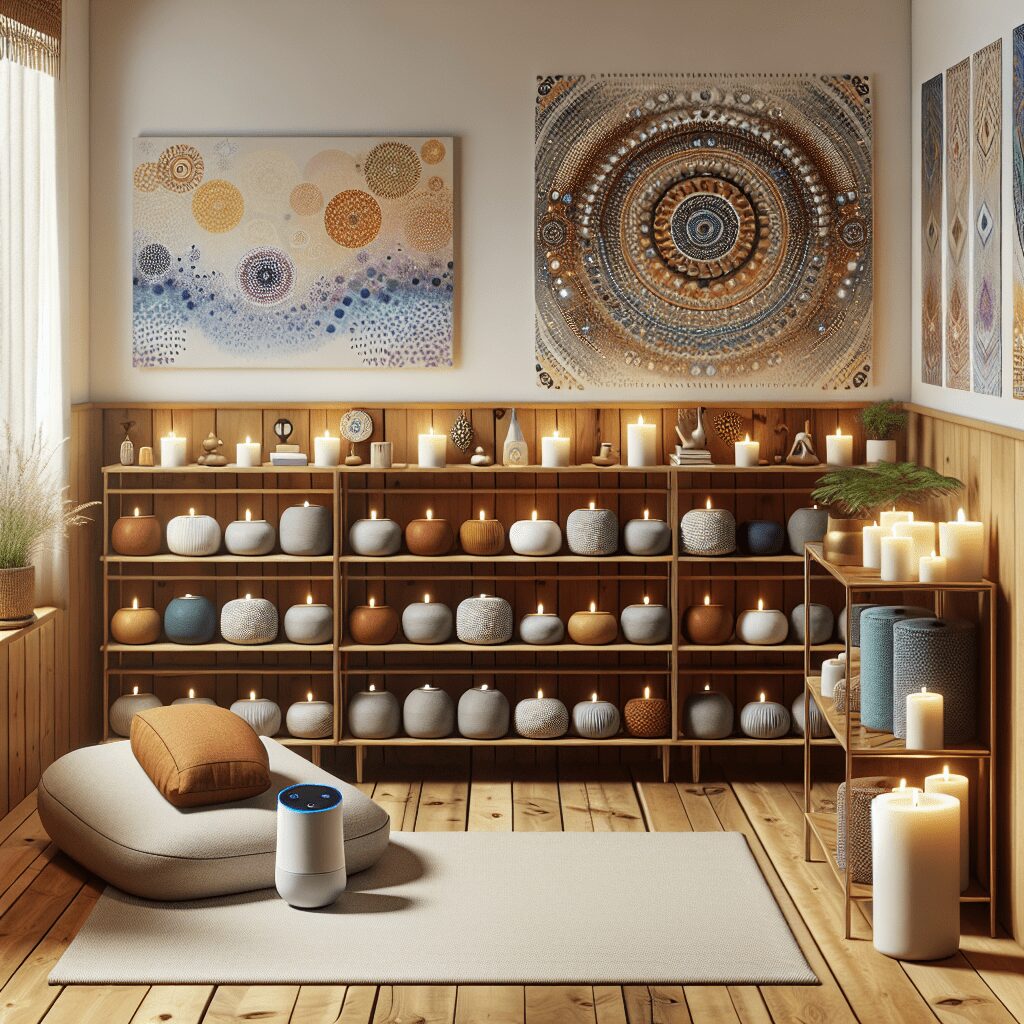
Prioritize your mental well-being daily. Enhance your life by nurturing your mental health with the Smart Meditation app. Break free from stress, alleviate anxiety, and enhance your sleep quality starting today.
Is Anxiety A Diagnosis?
Navigating the Waters of Anxiety: A Closer Look
Ever found yourself caught in the relentless grip of worry that just won’t loosen up? Or perhaps you’ve been so knotted up with unease that you thought, “Hey, is this anxiety trying to buddy up with me?” If that sounds all too familiar, you’re not alone. But here’s the kicker – is anxiety just an occasional unwanted guest, or does it actually serve as a diagnosis, per se? Well, buckle up, folks, because we’re about to dive deep into this conundrum.
Unveiling Anxiety: More Than Just Butterflies in Your Stomach
Oh, anxiety – that pesky feeling that can turn your stomach into a knot tighter than your granny’s best crochet work. But let’s get one thing straight: while we’ve all felt anxious at one time or another, when does it cross the line from being a normal, if irritating, part of life to something you can pin a diagnosis on?
When Anxiety Decides to Move in:
It’s one thing to feel anxious before an exam or a major event – that’s as common as spotting sneakers at a gym. But when worry and fear are as constant as the Northern Star, refusing to budge, it might be time to give it a closer look. Health professionals use a set of criteria mainly from the DSM-5 (Diagnostic and Statistical Manual of Mental Disorders, Fifth Edition) to determine whether someone’s experiencing an anxiety disorder.
So, yes, Virginia, anxiety can indeed be a diagnosis. It packs its own bag and comes in various forms, including:
-
Generalized Anxiety Disorder (GAD): Imagine your brain being a 24/7 news channel that only broadcasts the worst-case scenarios. That’s GAD for you, where daily life becomes a platform for excessive worry.
-
Panic Disorder: This one’s not for the faint of heart. Sudden, intense episodes of fear that trigger severe physical reactions when there’s no real danger present. It’s like your own personal horror movie.
-
Social Anxiety Disorder: Ever felt like you’re on stage every time you step out, and not in a good way? That’s this disorder, where social interactions bring significant anxiety, often driven by fears of judgment.
And there’s more where that came from, including specific phobis, separation anxiety disorder, and so on.
Sifting Through the Symptoms:
Here’s where it gets a tad tricky. Symptoms of anxiety can often be as subtle as a whisper or as loud as a siren. Common tell-tale signs include:
- Nail-biting, restlessness, and a motor that’s always running
- An orchestra of worries playing in your head 24/7
- Sleep patterns that are more erratic than a cat in a room full of laser pointers
If these symptoms are frequent visitors, disrupting your daily routine, it might be time to flag them up with a healthcare professional.
Anxiety Disorders: Fighting the Invisible Battle
Now that we’ve established anxiety can indeed be a formal diagnosis and not just an occasional annoyer, what’s next? Recognizing anxiety’s legitimacy as a mental health condition is the first step towards disarming it. Knowledge is power, and understanding what you’re dealing with can significantly change the playing field.
Seeking the Lighthouse:
Treating anxiety disorders goes beyond just “chilling out” or “taking it easy”. It often requires a combo of professional therapy and, in some cases, medication. Techniques like Cognitive Behavioral Therapy (CBT) have proven to be superheroes in this arena, offering strategies to manage and reduce symptoms.
Moreover, lifestyle tweaks – from regular exercise to mindfulness practices like meditation – can serve as powerful allies. Remember, it’s okay to seek help, and doing so is as brave as serenading a lion in its den!
Anchoring the Takeaway
Wrapping up, if anxiety has been your unwelcome plus-one for longer than you’d care to admit, it might be more than just a fleeting state of mind. It’s a recognized condition that can be as varied as the fish in the sea. But here’s the silver lining: understanding and accepting it as a diagnosis can be your first step towards reclaiming your life. So, let’s not shy away from professional help – after all, it’s the beacon that can guide us back to calmer waters. Remember, in the battle against anxiety, you’re not sailing solo.





